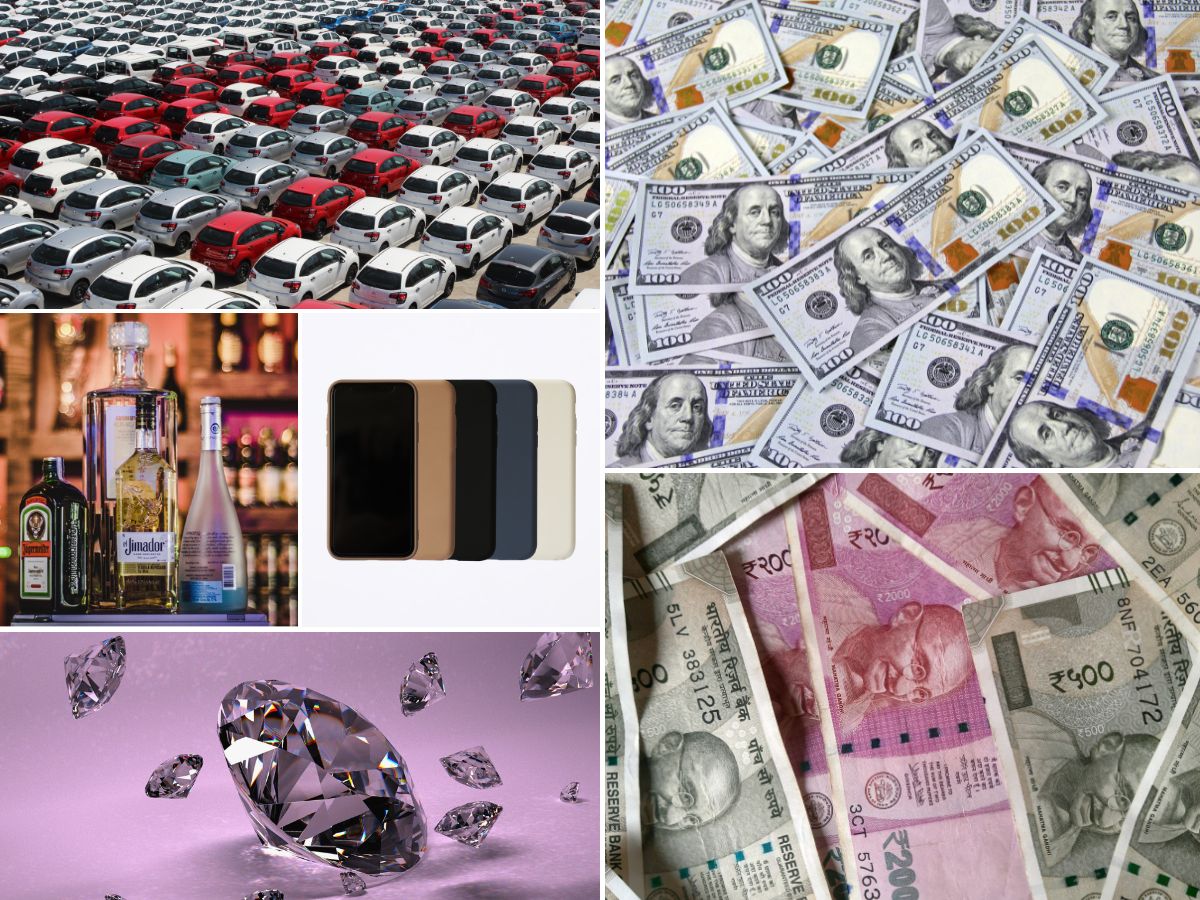Money & Finance

Amidst concerns that Nepal could spend more money from its foreign currency reserves to buy goods from abroad - and by doing so it could go Sri Lanka's way – officials have given some good news, indicating that there are some silver linings on the horizon.
Brushing aside concerns that Nepal may not be able to tame spending on foreign currencies such as the Indian Rupees and US Dollars, central bank officials say foreign currency reserves have now swelled and that the country is now in a “more comfortable position” compared to, say, last month.
They attribute the improvement in the situation to recent policies such as restrictions on the imports of foreign goods, a blanket ban on the import of luxury items, and a 100 percent cash margin on certain commodities in addition to restrictions on gold imports by the banks. Additionally, the country has seen an increase in remittance inflow and greater export opportunities.
In mid-June, Nepal Rastra Bank (NRB) figures showed that Nepal’s gross foreign exchange reserve stood at Rs 1176.84 billion, an improvement from Rs 1146.88 billion the previous month, mid-May.
Furthermore, based on the imports of 10 months in the current fiscal year, the reserves were sufficient to sustain imports for 7.34 months, This has now increased to 7.53 months based on imports of the past 11 months, NRB said.
“There are no worries of foreign exchange reserves now,” Narayan Prasad Pokhrel, deputy spokesperson at NRB told NepalMinute. The international norm of holding the foreign exchange reserve is at least something that is sufficient to support imports for six months, he added.
“So, we are now well above the international norm,” he said.
Luxury goods
In late April this year, the government restricted imports of at least 10 goods till the end of the fiscal year in a bid to save the foreign exchange currency reserves.
Imports of snacks, readymade cigarettes, tobacco products, diamonds and readymade liquor were banned. Imports of mobile sets worth above 600 US Dollars and colour television over 32 inches were also banned.
Furthermore, the automobile sector also took a hit with the import banning of cars, jeeps and motorcycles above 250 ccs.
Additionally, in early March, NRB slashed the daily quota of gold imports to 10 kilograms from 20 kilograms.
It also came up with an arrangement that required importers of 50 major commodities like betel nut, pea, peppercorns, sugar, mineral water and more to keep 100 percent cash margin with the banks. This means that traders need to deposit hard cash with the respective banks before importing these items.
“These policies contributed to the increase of our foreign exchange reserves,” said Pokhrel.
However, Ashutosh Mani Dixit, an economist, said the ban on imports by the government was not a “desired move”. “Resorting on banning the imports of the goods would ultimately hamper the economy, which was so much thriving on consumerism,” he told NepalMinute.
He argued that the country should instead focus on “promoting the manufacturing hub, gearing towards more information technology and promoting special economic zones.”
Exports and remittances
The central bank figures also show a rise in remittance inflow which, till mid-June 2022, was Rs.904.18 billion, an increment of 3.8 percent. That also has been a contributor to foreign exchange reserves, said Pokhrel.
Furthermore, in the past few weeks, there has been positive news from the export market.
Nepal Electricity Authority (NEA) said earlier this month that it traded surplus power to the Indian market in June, earning them Rs. 1.72 billion within a month. The NEA stated that in total 39 megawatts of power were traded in the Indian Energy Index since June 2, with them selling 364 megawatts daily since June 10.
On July 8, Nepal for the first time started exporting exported cement to India.
“This is a silver lining in the dark cloud. And it might help Nepal to revive,” said Dixit.
Also Read: Despite obstacles, Make in Nepal hopes to boost industrial output






